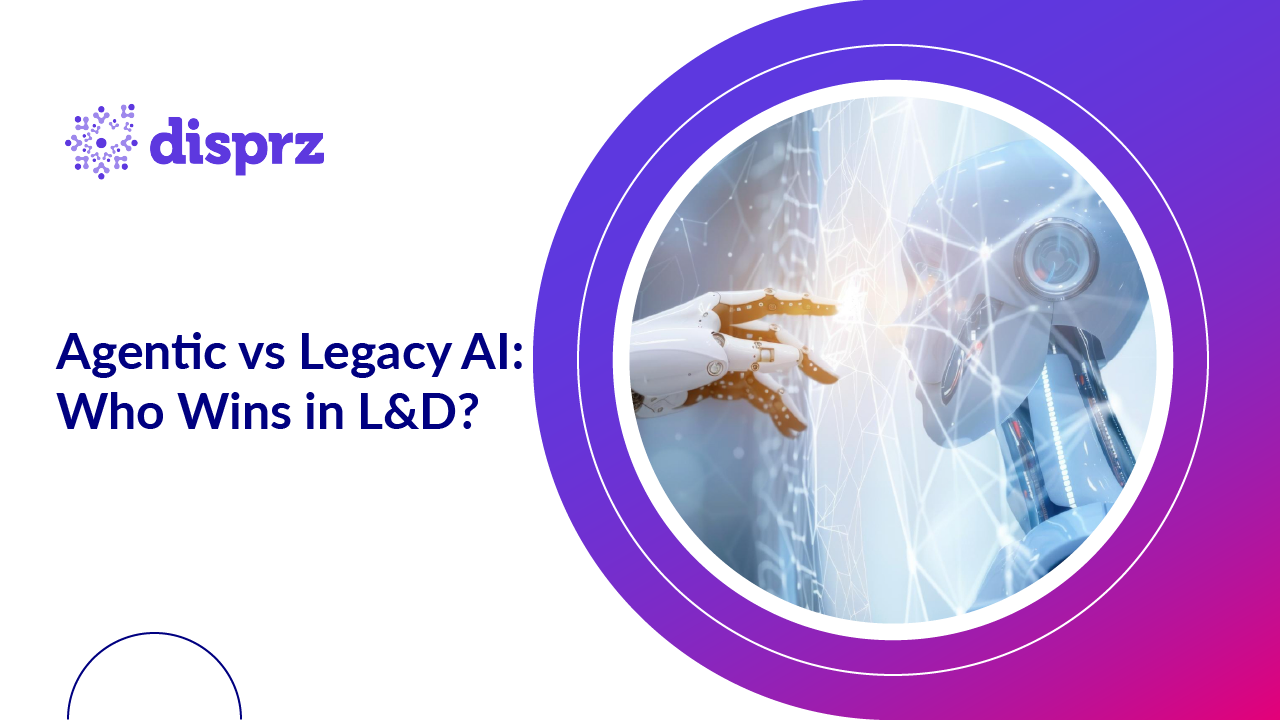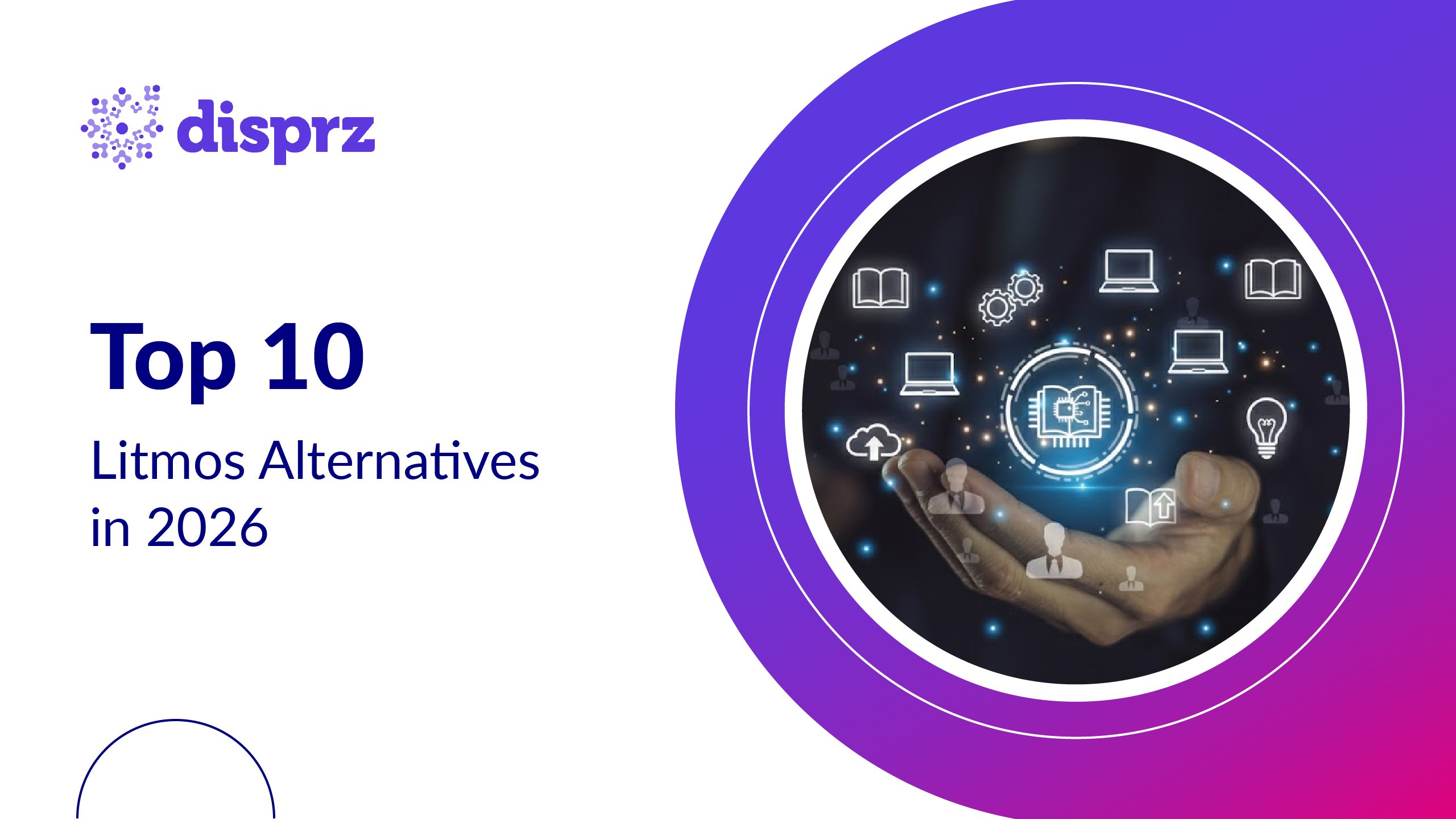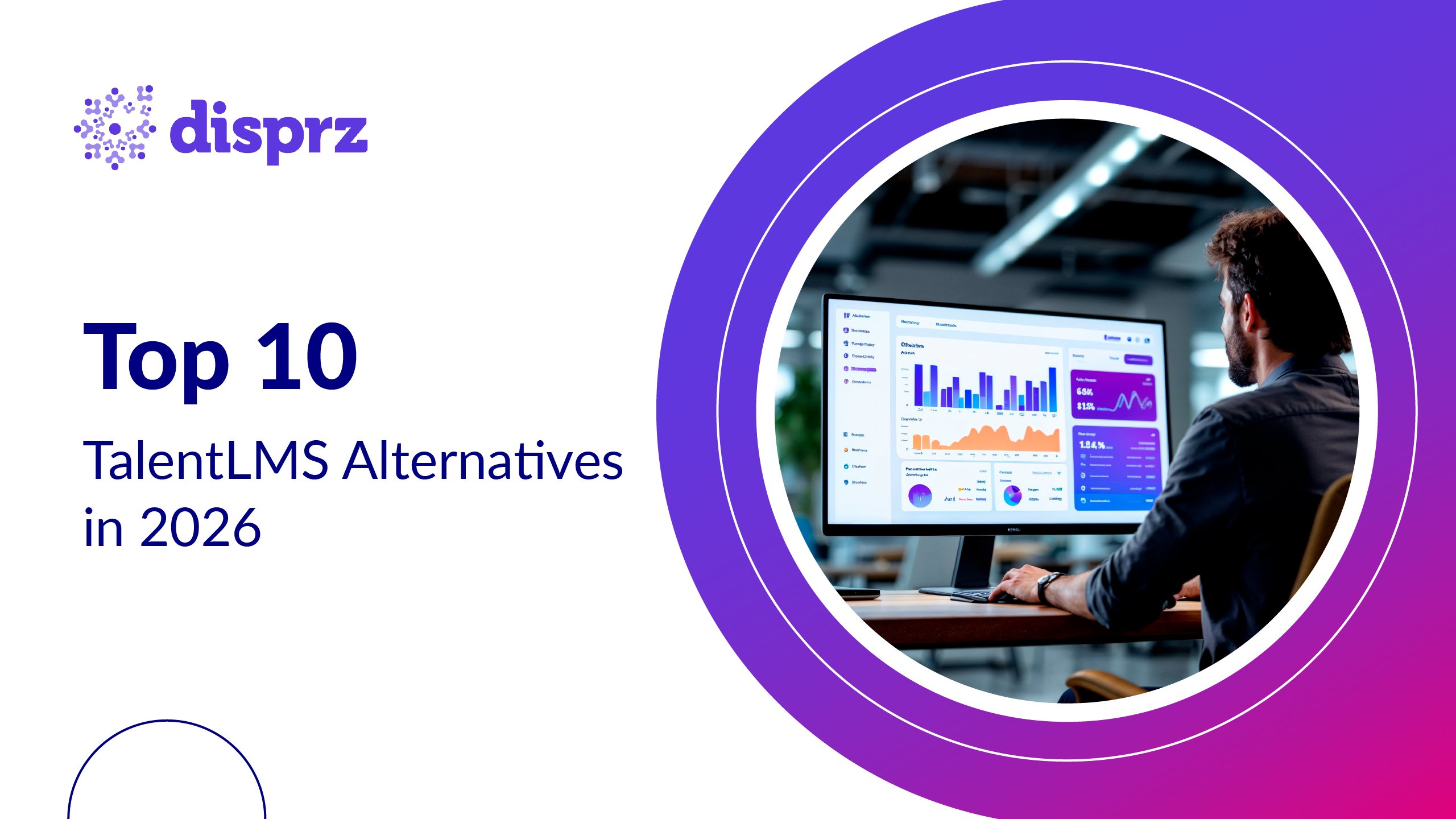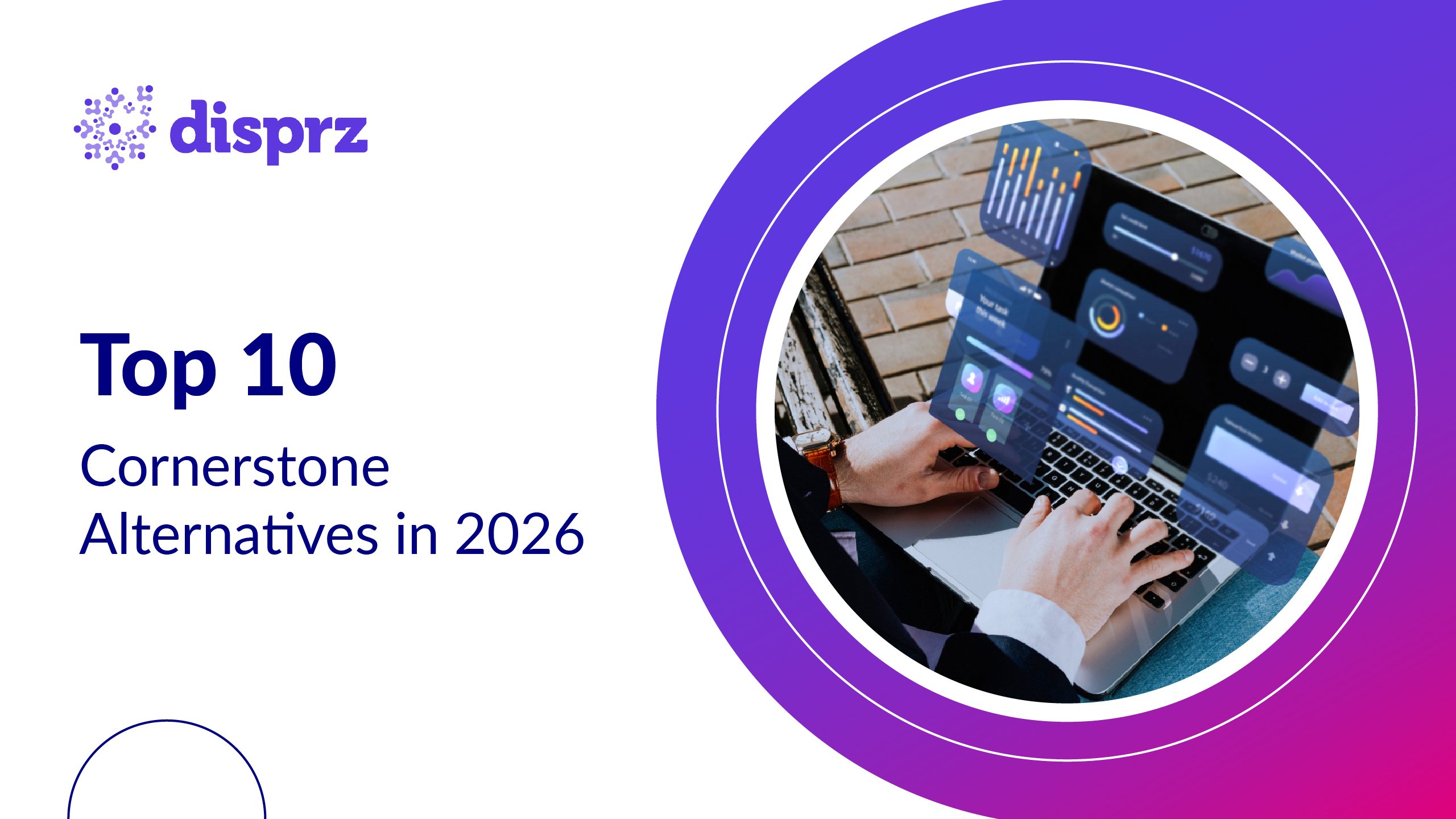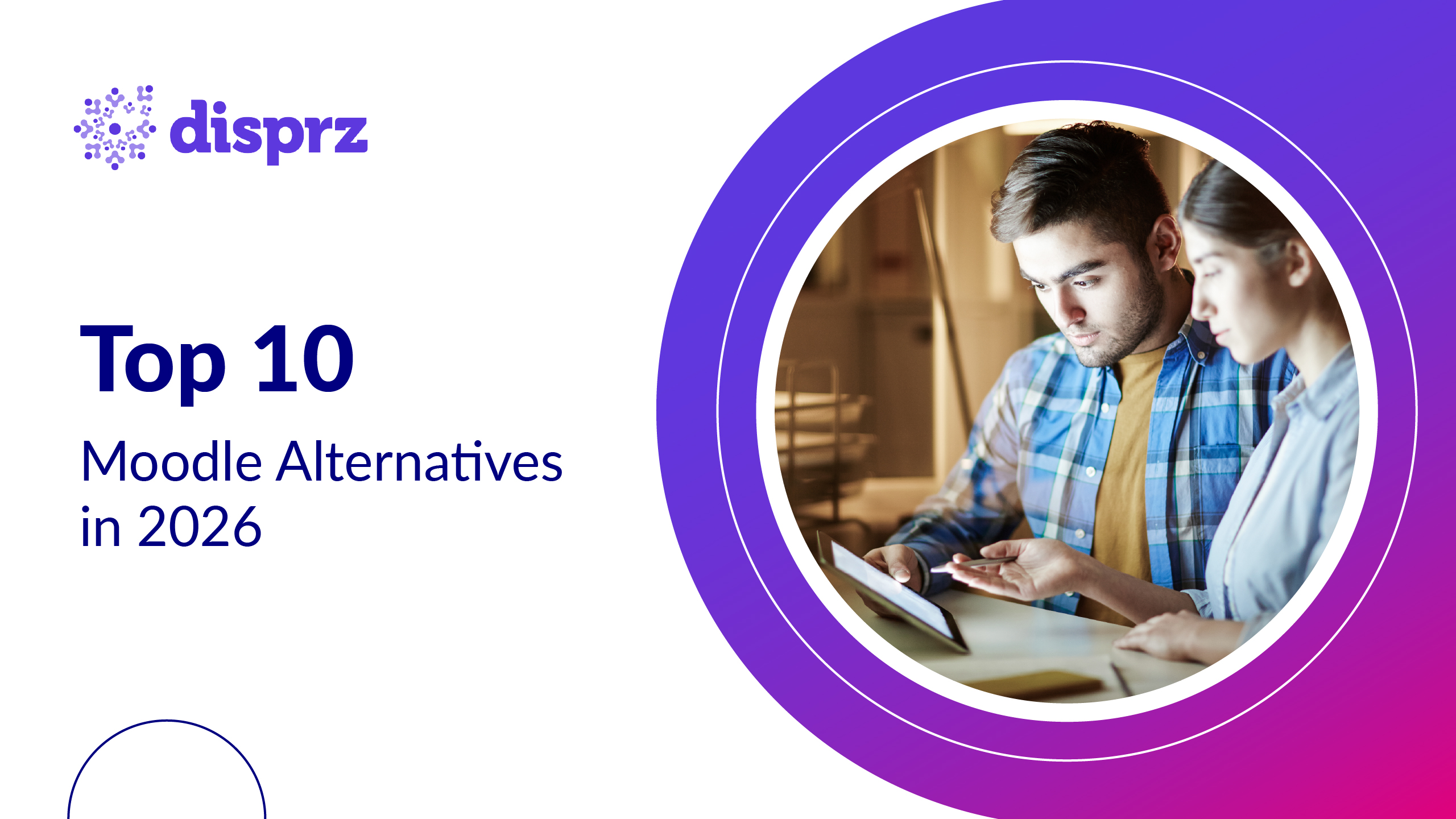The world of Learning & Development (L&D) is no stranger to transformation. Over the last decade, the adoption of artificial intelligence (AI) in corporate training has unlocked smarter content recommendations, streamlined administrative tasks, and supported early stages of personalization. But in 2025, Traditional AI in L&D is hitting its ceiling. It still relies heavily on human inputs to initiate actions, analyze outcomes, or adapt learning journeys. It predicts, but doesn’t act.
Enter Agentic AI; a new generation of AI that doesn’t just respond to commands but proactively drives learning experiences forward. This shift is more than just another buzzword. It marks a redefinition of what AI in L&D can and should do; go beyond passive assistance to become an autonomous partner in corporate upskilling and CHRO enablement.
As organizations seek to scale learning, personalize at speed, and automate end-to-end training workflows, the limitations of Traditional AI systems become clear. The difference between Agentic AI vs Traditional AI isn’t just technological; it’s strategic. It’s the difference between AI that reacts and AI that leads.
Here we unpack the evolution from legacy AI models to autonomous Learning Agents, show what Agentic AI in L&D looks like in practice, and explore how companies such as Disprz are paving the way for smarter, more self-directed learning systems.
Why Does AI in L&D Need a Redefinition?
While AI has been present in L&D for several years, much of its impact has been surface-level; focused primarily on personalization algorithms, content tagging, and completion tracking. This Traditional AI in L&D operates as a supportive tool, helping L&D teams make better decisions, but still relying on human direction to function effectively. As skill gaps widen, workforce needs evolve rapidly, and training demands scale, this passive model no longer suffices.
The core limitation? Traditional AI lacks autonomy. It can predict outcomes or recommend next steps, but it can’t initiate learning actions or adapt dynamically in real time based on ongoing learner behavior. That gap leads to slower execution, less engagement, and underutilized potential in corporate training automation.
L&D leaders are now under pressure to do more with less; to create personalized learning paths, deliver measurable outcomes, and build agile workforces at scale. But in this high-stakes environment, relying on AI that merely observes isn’t enough. There’s a growing need for systems that act with intention, learn continuously, and manage the complexity of learning ecosystems without human micromanagement.
This is where Agentic AI enters the picture; redefining AI in LMS platforms and corporate training by introducing autonomous systems capable of reasoning, decision-making, and task execution. These learning agents are not just smarter, but more proactive, helping L&D teams shift from manual interventions to intelligent orchestration.
In short, the shift to Agentic AI isn’t a nice-to-have; it’s a necessary evolution to meet the new demands of modern upskilling, leadership enablement, and workforce readiness.
What Traditional AI in L&D Looks Like in 2025
In 2025, most L&D platforms boast some form of AI, but it’s typically Traditional AI, rooted in predefined rules, historical data, and reactive logic. While it may appear intelligent on the surface, Traditional AI still plays a supporting role, not a driving one.
Here’s what Traditional AI in L&D looks like today:
Content Recommendations Based on Historical Data
Learners receive course suggestions based on past activity or job roles, but recommendations are static, offering little contextual adaptation.
Basic Personalization
Learning paths can be tailored using filters such as designation, skill gaps, or department, but only within fixed templates that require manual configuration by admins.
Predictive Insights Without Execution
Traditional AI can analyze completion rates, drop-off points, or assessment scores, but it doesn’t take action. It leaves the next steps (reassigning content, sending nudges, or switching formats) to human managers.
Rule-Based Automation
While some systems can trigger workflows (e.g., send reminders after 7 days of inactivity), these are based on rigid if-then rules, not dynamic decision-making.
Limited Engagement Intelligence
AI may track learner sentiment or behavior, but doesn’t intervene or reshape the learning experience autonomously to keep engagement high.
The outcome? L&D teams still shoulder the burden of managing learning operations manually, even when AI is present. Traditional systems remain reactive, often lagging behind learner needs or business shifts.
As organizations aim to scale corporate upskilling and respond faster to skills disruptions, this limited model of AI reveals its cracks. Traditional AI helps interpret; but it doesn’t orchestrate learning. It predicts; but doesn’t progress it. And that’s precisely why a new approach, Agentic AI, is beginning to reshape the future of learning.
Introducing Agentic AI: AI That Acts, Not Just Predicts
As AI matures, its role in corporate training must evolve from passive assistant to active driver. Enter Agentic AI; a transformative leap beyond Traditional AI models. Unlike systems that merely recommend or predict, Agentic AI can initiate, adapt, and act autonomously within learning ecosystems. It introduces the power of learning agents: intelligent, self-directed systems that understand goals and take proactive steps to achieve them.
At its core, Agentic AI is built on autonomous systems and Generative AI foundations. These systems can simulate human decision-making, create new learning assets on demand, and personalize experiences dynamically, all without constant human input. It’s not just about telling L&D leaders what might work; it’s about making it work, in real time.
Here’s what makes Agentic AI fundamentally different:
Intent-Driven Learning Orchestration: Agentic AI understands business goals (e.g., increase sales capability, reduce compliance risks) and automatically aligns learning journeys to those outcomes.
Autonomous Task Execution: It can assign courses, send nudges, reconfigure learning paths, or trigger follow-ups; without waiting for an admin to intervene.
Continuous Adaptation: Learning agents respond in real time to user behavior, preferences, and progress. If a learner is disengaged, the system shifts content format or level. If they excel, it accelerates the journey.
Generative Personalization: Leveraging Generative AI, Agentic systems can create tailored quizzes, simulations, or roleplays; making corporate training highly relevant and engaging.
Proactive Workforce Readiness: Instead of reacting to skill gaps after the fact, Agentic AI continuously scans job-role demands and learner progress to anticipate needs and bridge gaps early.
In short, Agentic AI enables corporate training automation at a new level; redefining what L&D systems can do without human micromanagement. It’s not just an upgrade to existing AI; it’s a paradigm shift in how learning is delivered, measured, and scaled.
Agentic vs Traditional AI in L&D - Head-to-Head Comparison
To truly understand the difference between Agentic and Traditional AI, it helps to see how they perform across key dimensions in L&D. While both leverage AI, their design philosophies, capabilities, and impact on learner outcomes are fundamentally different.
Below is a head-to-head comparison that highlights where Agentic AI breaks away from its traditional predecessor:
|
Capability |
Agentic AI in L&D |
Traditional AI in L&D |
|
Role in Learning |
Proactive and autonomous |
Predictive and assistive |
|
Decision-Making |
Acts independently based on context and goals |
Relies on human intervention for execution |
|
Content Personalization |
Real-time adaptive learning paths |
Static, rule-based recommendations |
|
Learning Automation |
Context-aware task execution (e.g., reassign content based on progress) |
Rule-based workflows (e.g., scheduled nudges) |
|
Scalability |
Scales autonomously across functions and geographies |
Limited by human bandwidth |
|
Generative Capabilities |
Uses Generative AI to create new assessments, simulations, or nudges |
Minimal to none |
|
Responsiveness to Learner Behavior |
Adjusts in real time based on engagement, progress, and needs |
Tracks behavior but takes no action |
|
Business Goal Alignment |
Aligns learning to business outcomes dynamically |
Requires manual goal mapping |
|
System Intelligence |
Agentic intelligence (goals + reasoning + action) |
Narrow AI (rules + data) |
This comparison illustrates why Agentic AI in L&D is not just a feature enhancement; it’s a strategic advantage. Where Traditional AI informs, Agentic AI empowers. It enables CHROs and L&D leaders to build truly intelligent, responsive, and scalable learning ecosystems that work toward outcomes; not just outputs.
What Agentic AI Can Do That Traditional AI Can’t
While Traditional AI helps optimize existing L&D workflows, Agentic AI goes a step further; it becomes an autonomous force that takes ownership of outcomes. To make the difference crystal clear, let’s explore practical examples of what Agentic AI can do that Traditional AI simply can’t:
Auto-Launch Personalized Learning Journeys Based on Business Triggers
Traditional AI: May suggest a few relevant courses when a new employee joins a role.
Agentic AI: Detects the onboarding event, maps the role to required competencies, and automatically launches a personalized learning journey; complete with nudges, deadlines, and adaptive content paths.
Real-Time Course Adjustment Based on Learner Behavior
Traditional AI: Flags a learner who’s struggling, leaving it to admins to adjust.
Agentic AI: Detects the struggle (e.g., repeat quiz failures or inactivity), replaces content with a simpler format, suggests microlearning alternatives, and alerts a coach; without human intervention.
Goal-Oriented Learning Orchestration
Traditional AI: Provides static dashboards to track completion or engagement.
Agentic AI: Understands that the company’s goal is to upskill sales reps in a new product, identifies who’s lagging, assigns custom learning sprints, and follows up until readiness scores improve.
Generative Learning Asset Creation at Scale
Traditional AI: Tags and catalogs pre-existing content.
Agentic AI: Uses Generative AI to create fresh assessments, flashcards, or scenario-based simulations tailored to a learner’s level and learning style; instantly and at scale.
Adaptive Role Transition Enablement
Traditional AI: Sends out predefined leadership development modules.
Agentic AI: Detects a promotion to a managerial role, maps required new competencies (e.g., coaching, performance reviews), generates a new learning path, and checks progress until the transition is complete.
These examples demonstrate that Agentic AI isn’t just smarter; it’s more capable. By acting as a learning agent, it automates not just tasks but decisions, adapting in real time to drive better learner outcomes, faster upskilling, and smarter talent readiness.
How Disprz Is Leading the Shift Toward Agentic Learning
At Disprz, we believe that the future of learning isn’t just about smarter systems; it’s about autonomous, outcome-driven learning ecosystems. That’s why we’re not just incorporating Agentic AI into our platform; we’re building around it.
Disprz is pioneering the shift from traditional automation to agent-based learning orchestration, enabling organizations to unlock the full potential of AI in L&D.
Here’s how we’re making Agentic AI real for enterprises:
Learning Agents That Drive Action
Our platform introduces AI-powered learning agents that don’t wait for admin inputs. They interpret business goals; such as ramping up frontline productivity or closing compliance gaps; and automatically design, assign, and adapt personalized learning journeys.
Autonomous Corporate Training Automation
From auto-enrollment based on role changes to real-time nudges and escalations, Disprz automates the full learning lifecycle. These aren’t static workflows; they’re autonomous interventions based on learner behavior, skill development, and performance signals.
Generative AI for Contextual Learning Assets
Disprz uses Generative AI to create contextual content; quizzes, recaps, scenarios, even job-role simulations; tailored to individual learners. This reduces content fatigue and increases engagement without placing a burden on L&D teams.
Skills Intelligence for CHRO Enablement
Through our skills architecture and AI-led insights, CHROs can track workforce capabilities in real time, identify gaps proactively, and trigger reskilling programs autonomously. It’s no longer about looking back at training completions; it’s about planning forward with skill data.
Scalable, Personalized Learning Paths
Whether it’s for a distributed retail team or a high-growth tech workforce, Disprz dynamically adjusts learning experiences to individual roles, goals, and performance. We’re helping enterprises scale corporate upskilling without sacrificing personalization.
By bridging the gap between intelligence and initiative, Disprz’s Agentic AI is empowering L&D leaders to move from manual program managers to strategic capability enablers. It’s not just a product feature; it’s a fundamental shift in how learning systems think, act, and deliver impact.
Conclusion: Choose the AI That Moves Learning Forward
In a time where skills evolve faster than job descriptions, L&D leaders can no longer rely on reactive, Traditional AI systems. While legacy AI has helped with basic automation and data-driven suggestions, it falls short in delivering the agility, autonomy, and personalization modern enterprises need. Agentic AI is not a buzzword; it’s a game-changer.
It brings a proactive, goal-driven approach to corporate training automation. It acts on insights, adjusts in real time, and aligns learning with business outcomes. Whether you're enabling first-time managers, reskilling frontline workers, or fast-tracking leadership pipelines, Agentic AI accelerates outcomes, not just processes.
For CHROs and L&D leaders, the choice is clear:
-
Choose intelligence that doesn't just predict but acts.
-
Choose systems that scale without sacrificing personalization.
-
Choose AI that moves learning; and your business; forward.
At Disprz, we’re not just talking about the future of learning. We’re building it.



